Previous Exhibitions
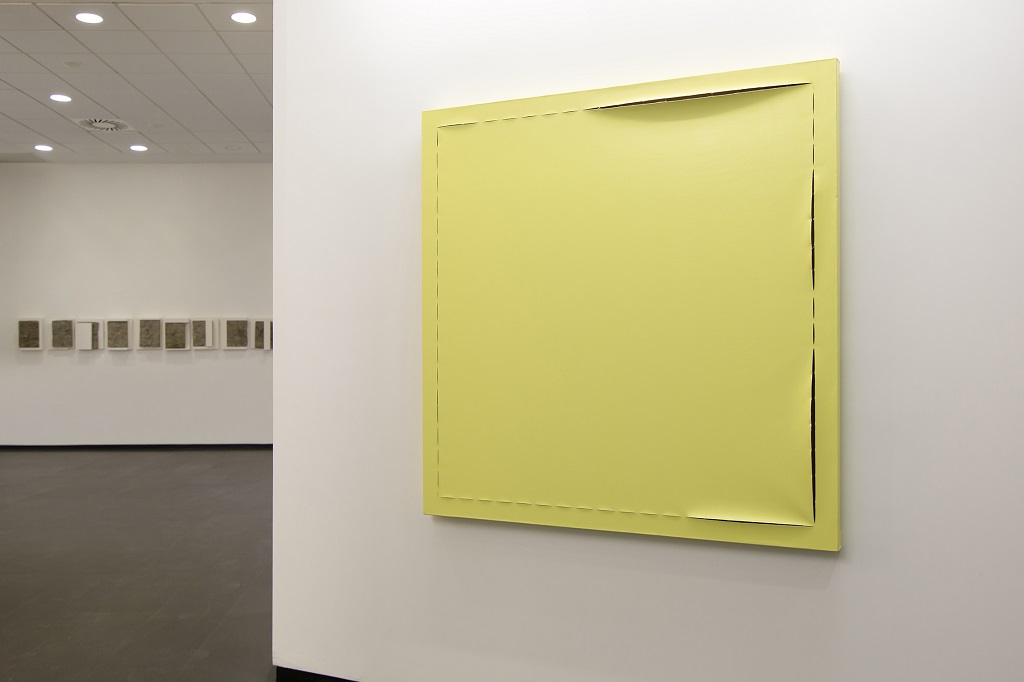
Many of Ángela de la Cruz’s paintings are presented as extended bodies with clear physicality as she twists the canvases, scratches the fabric or manipulates the supports. This makes each of her works a container of stories where paint takes on a physical and spatial presence.
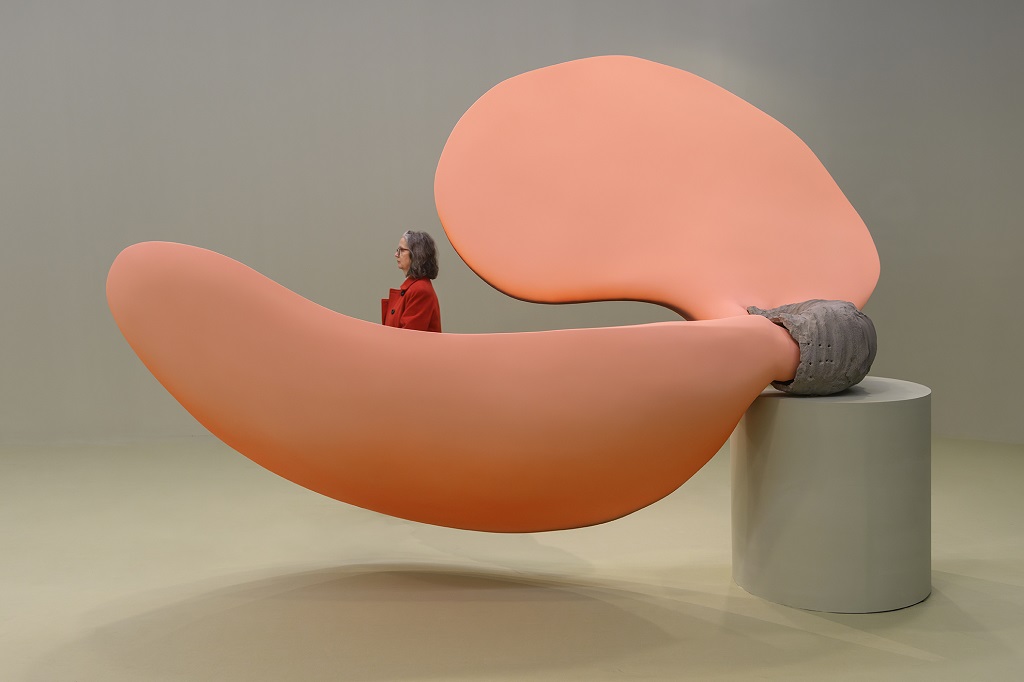
The exhibition focuses on two large installations that encapsulate the research carried out by Teresa Solar Abboud over the last few years. Conceived specifically for the CA2M Museum, the exhibition is like a dialogue between the fictitious and the real, where different narratives in process propose new forms and plastic finishes, contrasting the effects of nature with industrial aesthetic finishes of smooth and shiny finishes.
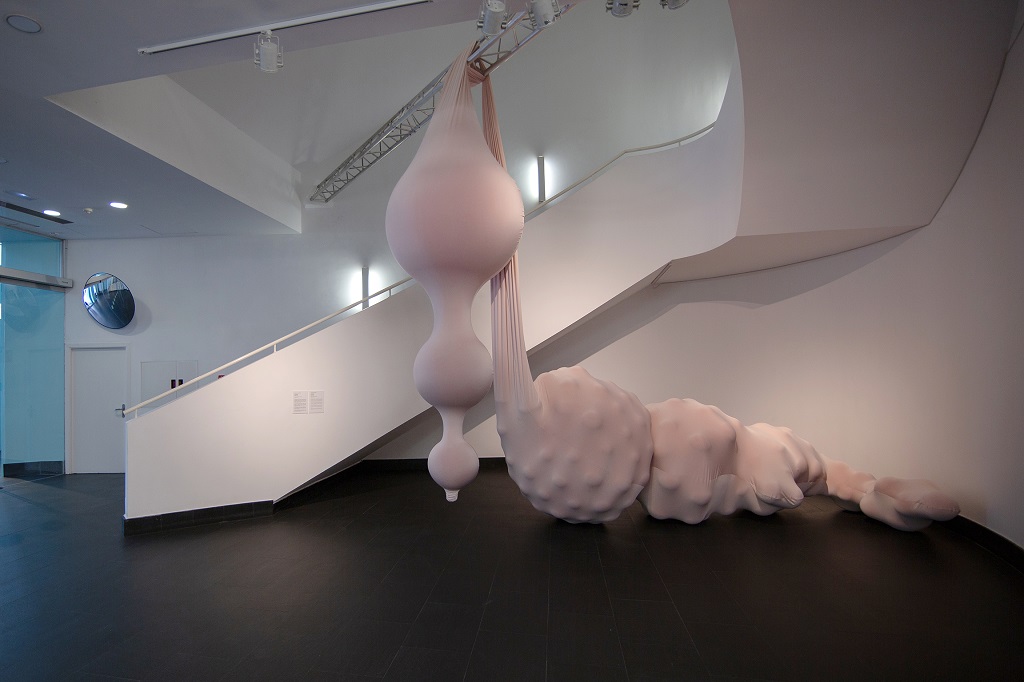
Eva Fàbregas envisions interaction with art through sensorial experience. Her sculptures, made of soft, ethereal materials like fabric and air, often include sound and beckon us to draw closer through the senses, to discover them through touch, generating an intimacy in which affect can flow.
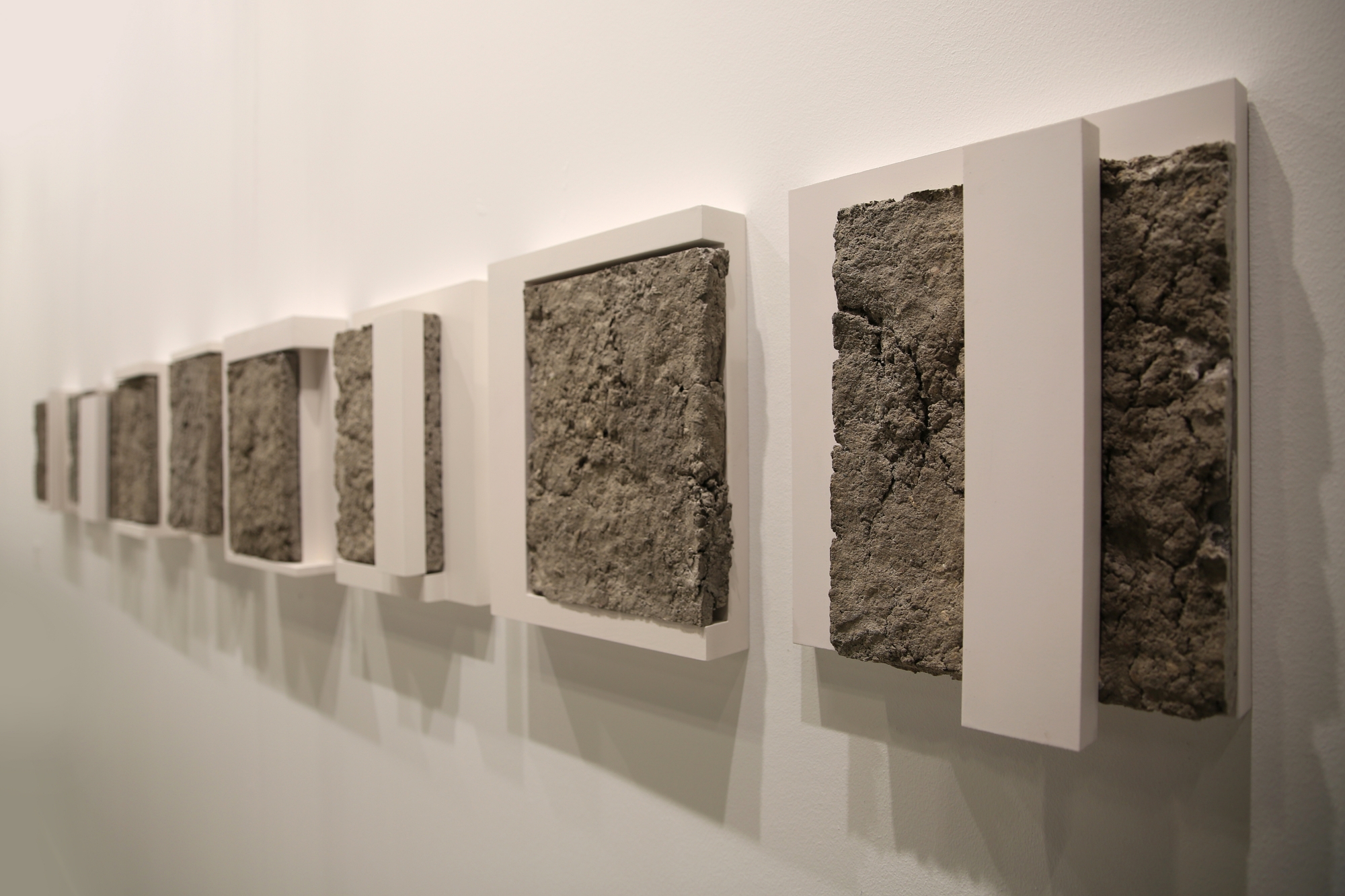
Ixone Sádaba questions the meaning of images and what photography can do now that it has lost its status as an instrument to document reality. Her artistic practice is inspired by Foucault’s thesis about truth as a historical construct and by the distinction between objects and things that Heidegger proposed, which states that an object turns into a thing when it can no longer be used for the purpose it is customarily given.
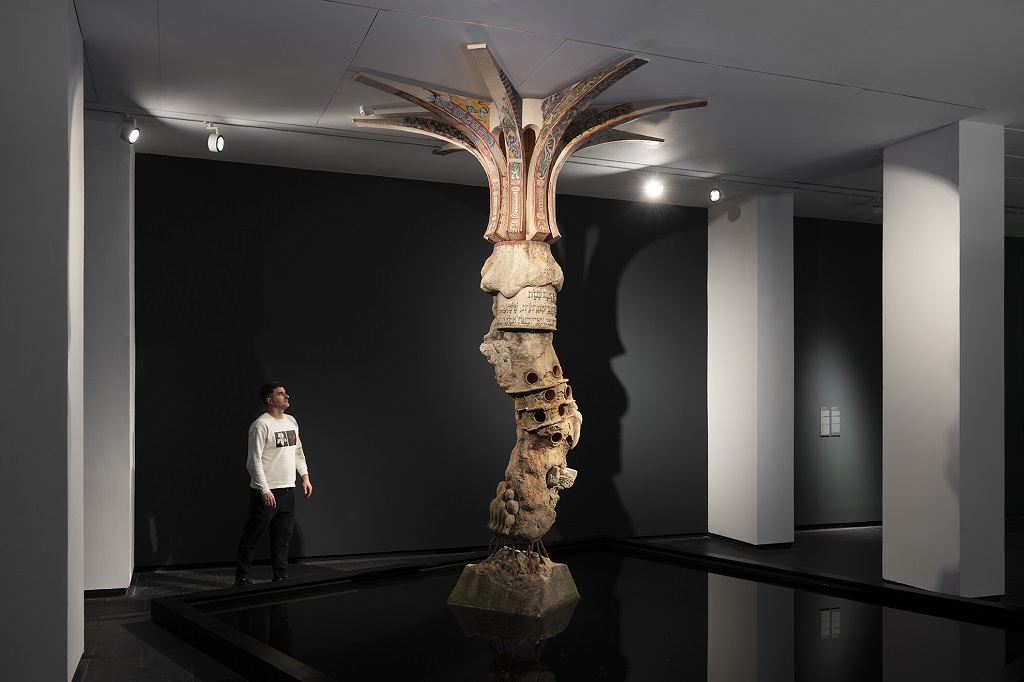
Déjà Vécu is her first solo exhibition in a public institution in Madrid. The exhibition is the result of an in-depth exchange between the artist and the curator over the past five years, during which they set out to critically review historical narratives, cultural hierarchies and the construction of collective identity in the context of the Iberian Peninsula.
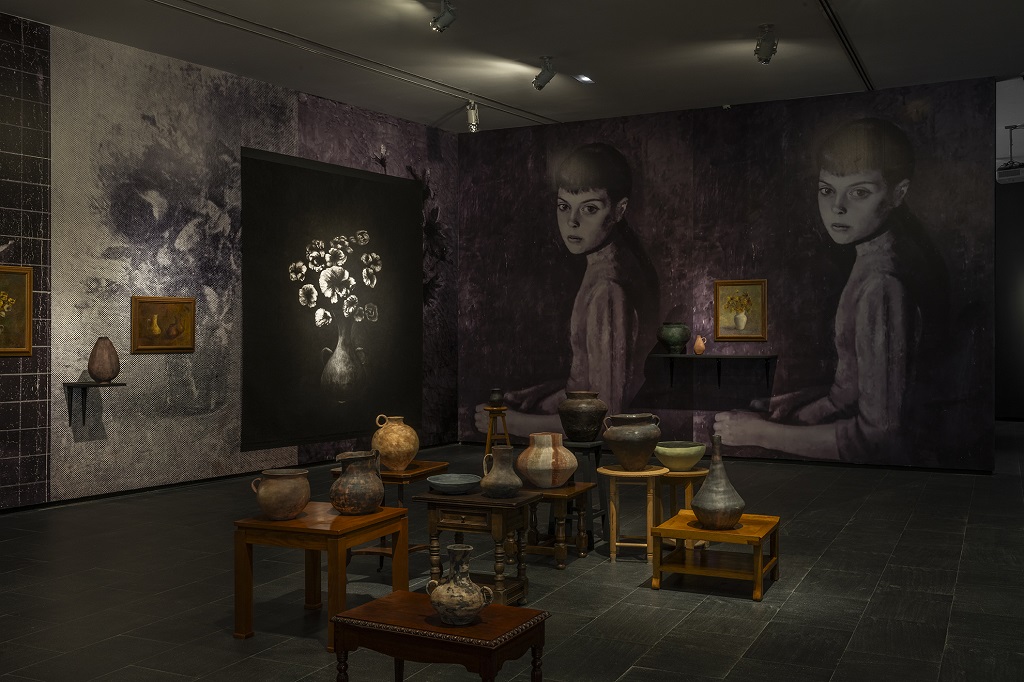
This exhibition is based on accumulated malaises and ghosts that have haunted Ana Gallardo since well before she became the artist that she is. However, more than a narrative of overcoming or the culmination of a formal and existential process, the artworks that make up this journey spanning several decades of production brim with passion and non-conformism.
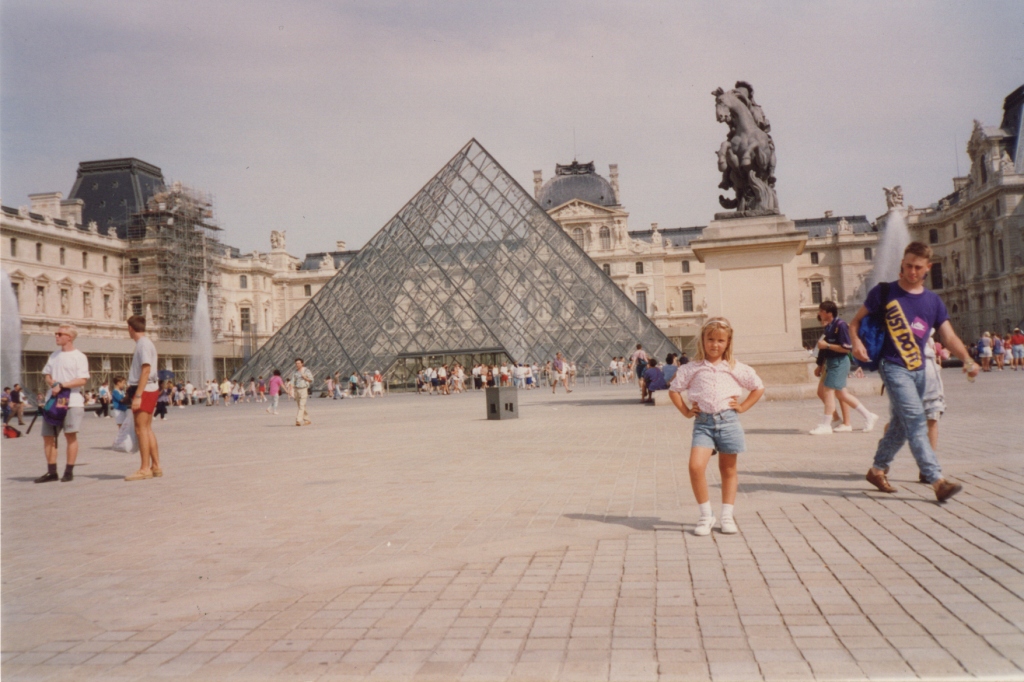
The work of Cristina Garrido (Madrid, 1986) revolves around the study of the contemporary art system and how it assigns certain values related to different factors and players that can mean their legitimisation in this sector.
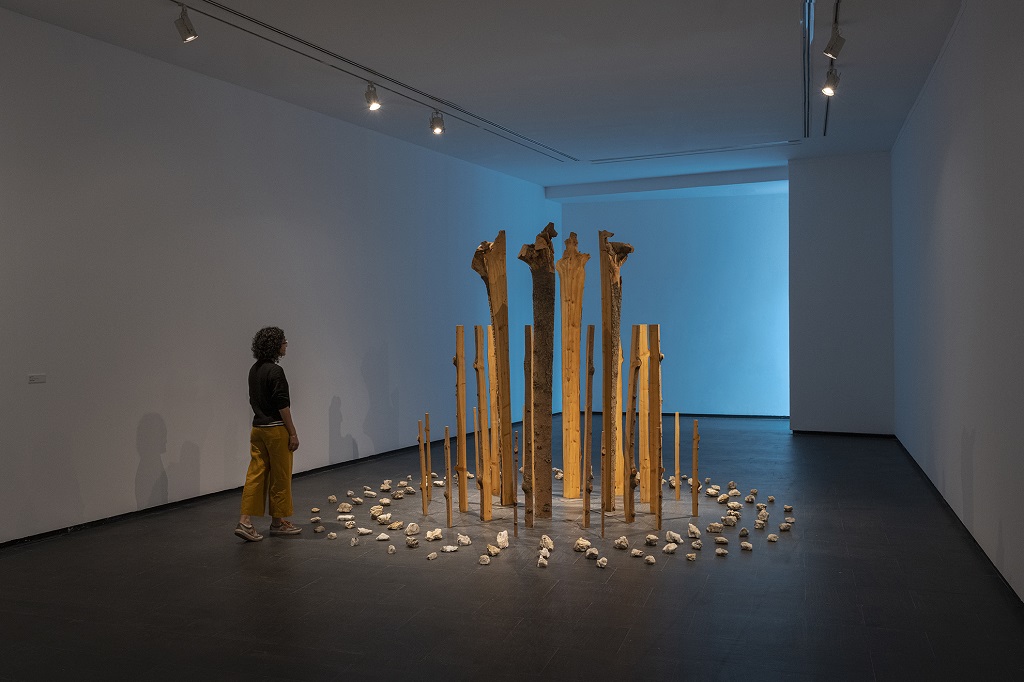
Schlosser's work anticipates some of the interests and trends in sculpture today, such as the ecological dimension and the constant research into organic materials that are barely intervened, in the same way that his work goes beyond reflecting on the landscape to reflect on the experience of the landscape that the artist tries to transfer to the exhibition space.
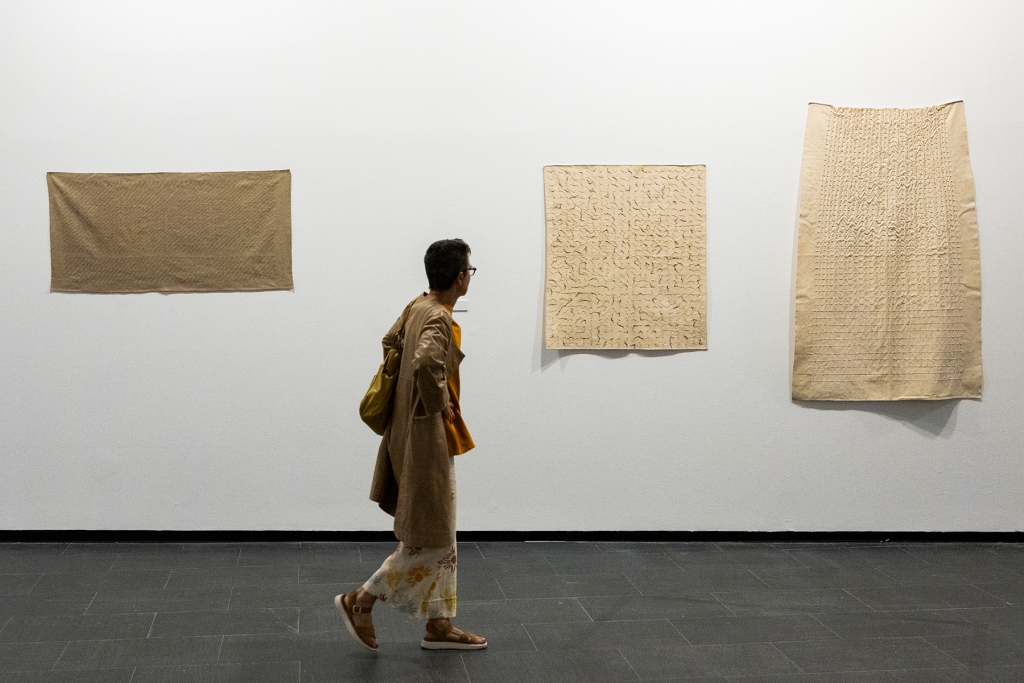
The sculptor Susana Solano held her first solo exhibition at the Fundació Joan Miró in Barcelona from 2–20 April 1980. Given the title Escultures i dibuixos (Sculptures and Drawings), the exhibition occupied the space reserved for younger artists, which today would be classed as an artist-run space, with a faster turnover than the more leisurely intervals typical of an institutional framework.